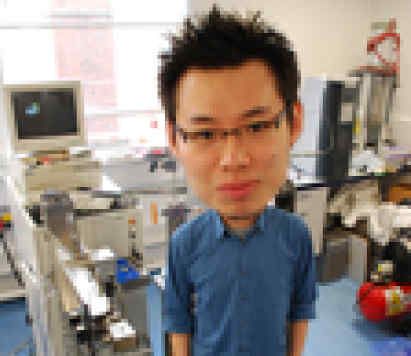BibTex format
@article{Gaduan:2023:10.1016/j.resconrec.2022.106734,
author = {Gaduan, AN and Li, J and Hill, G and Wallis, C and Burgstaller, C and Lee, K-Y},
doi = {10.1016/j.resconrec.2022.106734},
journal = {Resources, Conservation and Recycling},
pages = {1--8},
title = {Simulating the recycling of milk bottles in the UK: Influence of blending virgin and repeatedly melt-extruded high-density polyethylene},
url = {http://dx.doi.org/10.1016/j.resconrec.2022.106734},
volume = {189},
year = {2023}
}
RIS format (EndNote, RefMan)
TY - JOUR
AB - The UK Dairy Roadmap has set a target of achieving 50 wt.-% high density polyethylene (HDPE) recyclate in their HDPE milk bottles. Such high recyclate content will lead to the accumulation of HDPE recyclates that have been subjected to different number of melt extrusion cycles in the supply chain. This work investigates the structure-property relationship of blending virgin HDPE (vHDPE) with these different grades of repeatedly melt-extruded HDPE (rHDPE). HDPE was subjected to 10, 20 and 50 melt-extrusion cycles and blended with vHDPE. No significant difference in terms of melt rheology, tensile properties and overall migration in acidic and aqueous environments of the blends of the different rHDPEs with vHDPE was observed when compared to vHDPE. This study demonstrates the feasibility of blending up to 50 wt.-% rHDPE of different grades with vHDPE as set out in the UK Dairy Roadmap.
AU - Gaduan,AN
AU - Li,J
AU - Hill,G
AU - Wallis,C
AU - Burgstaller,C
AU - Lee,K-Y
DO - 10.1016/j.resconrec.2022.106734
EP - 8
PY - 2023///
SN - 0921-3449
SP - 1
TI - Simulating the recycling of milk bottles in the UK: Influence of blending virgin and repeatedly melt-extruded high-density polyethylene
T2 - Resources, Conservation and Recycling
UR - http://dx.doi.org/10.1016/j.resconrec.2022.106734
UR - https://www.sciencedirect.com/science/article/pii/S0921344922005663?via%3Dihub
UR - http://hdl.handle.net/10044/1/100831
VL - 189
ER -
